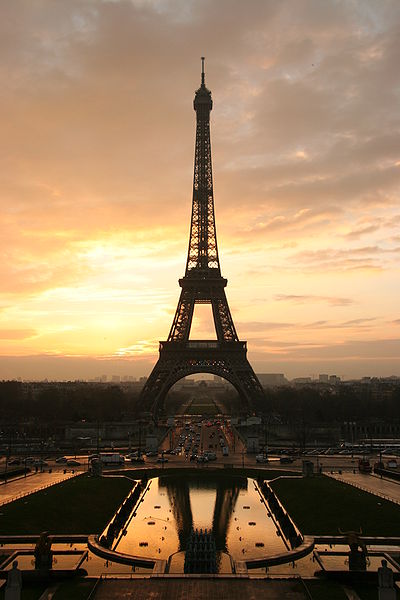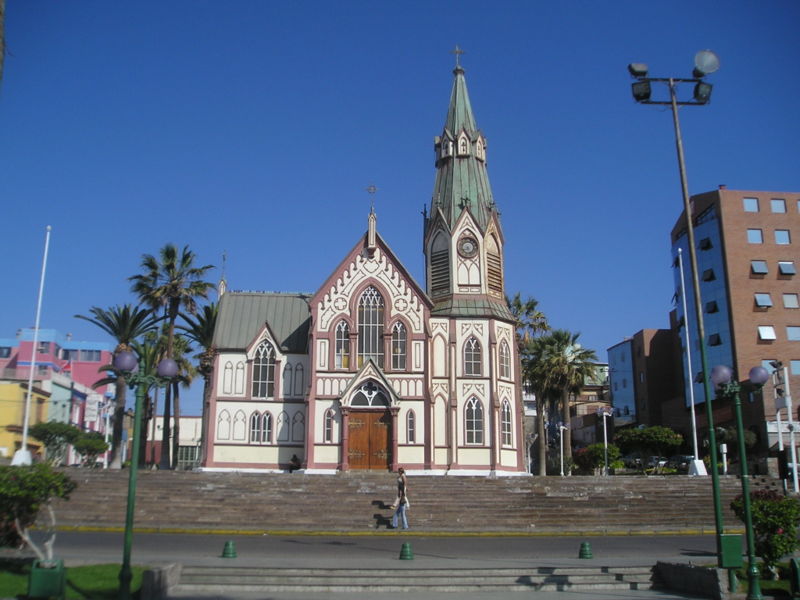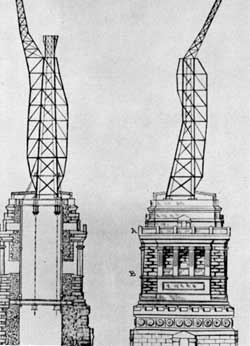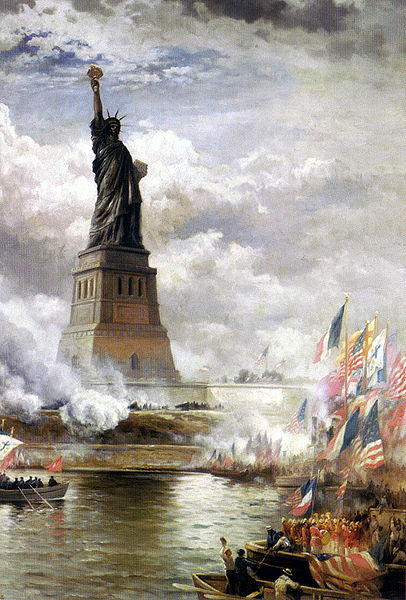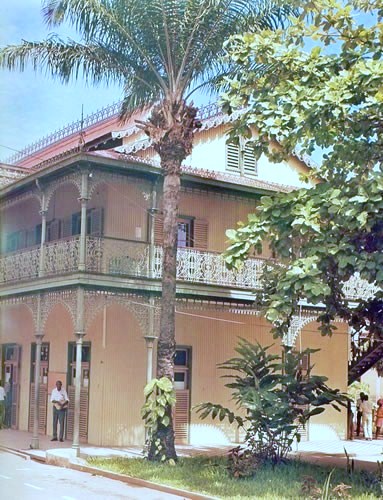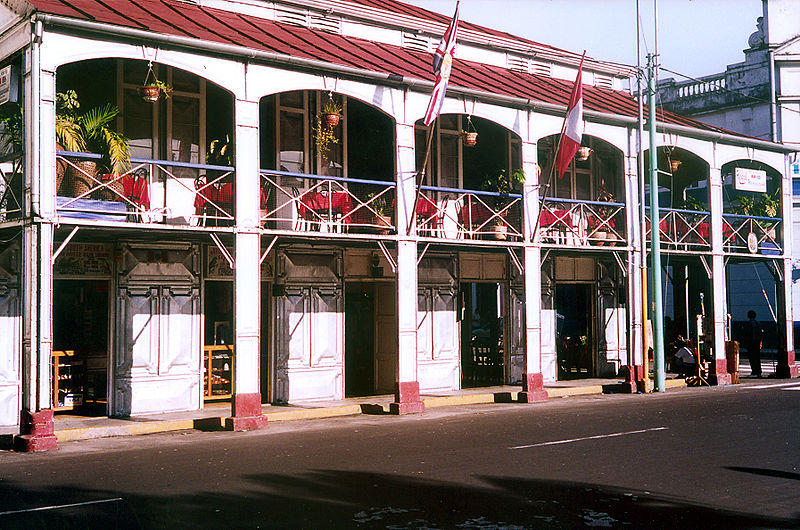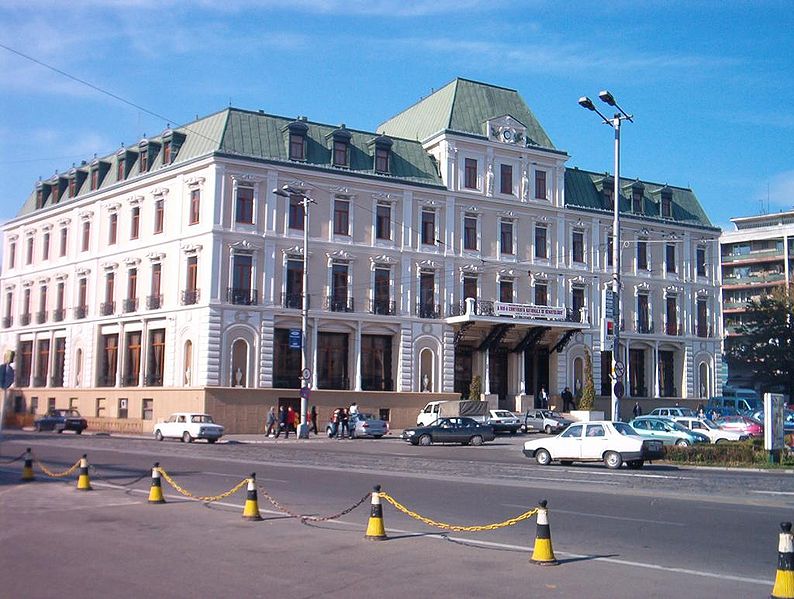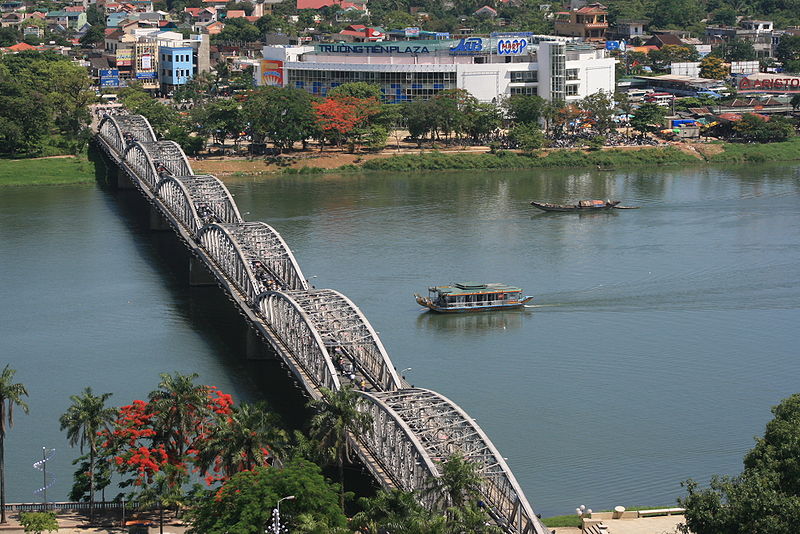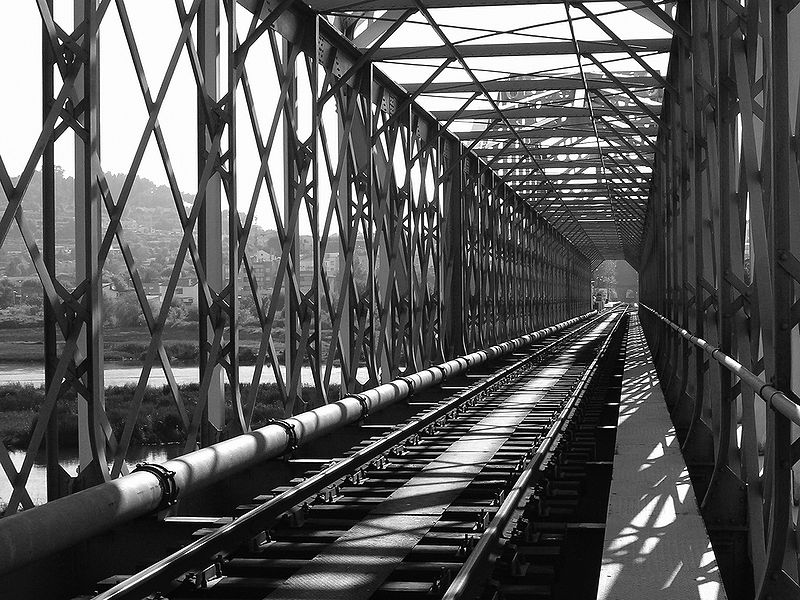<Back to Index>
- Economist Henry Charles Carey, 1793
- Engineer and Architect Alexandre Gustave Eiffel, 1832
- Inventor of Esperanto Ludwig Lazarus Zamenhof, 1859
PAGE SPONSOR
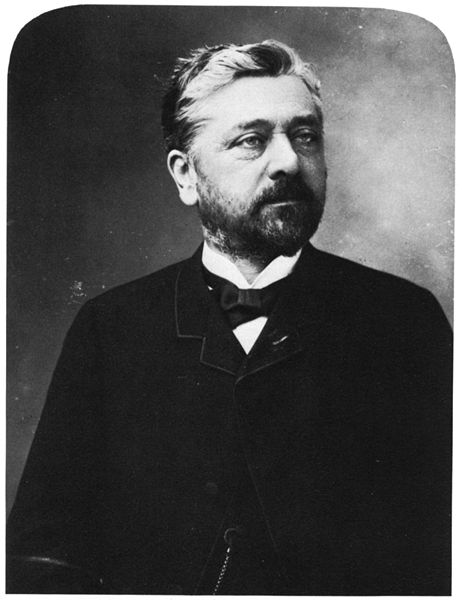
Alexandre Gustave Eiffel (December 15, 1832 – December 27, 1923) was a French structural engineer from the École Centrale Paris, an architect, an entrepreneur and a specialist of metallic structures. He is acclaimed for designing the world famous Eiffel Tower, built 1887 – 1889 for the 1889 Universal Exposition in Paris, France. Notable among his other works is the armature for the Statue of Liberty, New York Harbor, United States.
Gustave Eiffel was born French with the surname Bönickhausen in Dijon, Côte-d'Or, France. His Germanic surname was later changed to Eiffel, a sobriquet his ancestors acquired after emigrating from the German Eifel region (in Marmagen). During his youth, the two strongest influences on Eiffel were two successful chemists, his uncles Jean-Baptiste Mollerat and Michel Perret. Both men spent a lot of time with young Eiffel, teaching him everything from chemistry and mining to religion and philosophy. Eiffel was extremely clever, but not very studious. While attending high school at Lycée Royal, Eiffel felt that the classes were a waste of time. It was not until his last two years that Eiffel found his niche; not in engineering, but in history and literature. Eiffel's study habits improved and he graduated with a degree in both science and humanities. Eiffel went on to attend college at Sainte Barbe College in Paris, in order to prepare for the difficult entrance exams into the most prestigious engineering institutions in France. Ultimately, Eiffel attended the École Centrale des Arts et Manufactures in Paris where he studied chemistry, receiving the equivalent of a Master of Science degree in 1855. The "École Centrale" was a liberal private school that is now known as one of the top engineering schools in Europe. His mother's coal business provided ample income for the family and provided the funds for Gustave to receive his university education. The year 1855 was the year that Paris hosted the first World's Fair. After graduation, Eiffel's uncle offered him a job at his vinegar works in Dijon, France. However, a family dispute removed that opportunity, and Eiffel soon accepted entry level employment with a company that designed railway bridges.
Charles Nepveu provided
Eiffel with his first job as one of many project managers for a railway
bridge located in Bordeaux, France. When during construction fellow
engineers were steadily quitting, Eiffel eventually took charge of the
entire project. Nepveu saw the work that Eiffel performed on site, and
continued to provide him with other positions that involved project
management of railway bridges and structures. During these projects,
Eiffel met other engineers who recommended him to work on other
developments. Charles Nepveu had a strong influence on Eiffel. He is
konwn to have helped him at the start of his career. Eiffel et Cie., Eiffel's consulting and construction firm, with the support of Belgian Gustave Eiffel also designed La Ruche in
Paris, France. This, like the Eiffel Tower, became a city landmark. It
is a three storey circular structure that looks like a large beehive
and was created as a temporary structure for use as a wine rotunda at
the Great Exposition of 1900. The French translation of La Ruche is
"the beehive". He also constructed the Garabit viaduct, a railway bridge near Ruynes en Margeride in the Cantal département. In the Americas, Eiffel designed the central railway station in Santiago de Chile (1897) and the Mona Island Light located near Puerto Rico. The lighthouse was built around 1900 by the United States which acquired the island after the end of the Spanish - American War. It was decommissioned in 1976. In 1887, Eiffel became involved with the French effort to construct a Panama Canal. The French Panama Canal Company, led by Ferdinand de Lesseps,
had been attempting to build a sea level canal, but came to the
realisation that this was impractical. An elevated, lock based canal
was subsequently chosen, and Eiffel was enlisted to design and build
the locks. The entire canal project suffered from mismanagement, and
collapsed with enormous losses. Eiffel's reputation suffered a severe
setback when he was implicated in the financial scandals surrounding de
Lesseps and the entrepreneurs backing the project. Eiffel himself had
no connection with the finances, and his guilty judgment was later
reversed. However, his work was never realised, as the later American built canal used new lock designs. After retirement he researched and developed new ideas through practical use of the Eiffel Tower.
The tower enabled him to make advancements in aerodynamics,
meteorology, and radio broadcasting. He built a wind tunnel at the base
of the tower for his aerodynamic research, had meteorological equipment
placed in various locations on the tower, and suggested that the
military install radio equipment atop the tower. In the following years
it continued to serve as a permanent radio tower, and eventually for
television broadcasting. Eiffel died on December 27, 1923, listening the Beethoven's 5th. symphony andante, in his mansion on Rue Rabelais in Paris, France. He was interred in the Cimetière de Levallois-Perret. Gustave
Eiffel was known to travel to destinations like Spain, Portugal, Latin
America, the Philippines, etc., designing buildings and other structures during his visits. The Industrial Revolution played
an important role in Gustave Eiffel's life. People were traveling
across the world, new technologies and materials became available, and
countries were industrializing. A lot of Eiffel's work was affected by
one or more of these conditions brought by the Industrial Revolution. The
condition that had the most impact on Eiffel's work was transportation.
People around the world were demanding safe passages across rivers and
were in need of bridges. Building these bridges is how Eiffel gained a
reputation as an engineer, which allowed him to pursue larger and more
difficult projects later in life. The bridges that he designed were
constructed all over the world. The bridges allowed for easier and
faster travel and trade in the geographical area in which they were
constructed. Many of Eiffel's bridges did not require skilled workers
for assembly, which made his bridges a great economical choice. The Eiffel Tower had a huge impact on France. The tower was the focal point of the Exposition Universelle (1889) and
drew millions of people to Paris. Nearly two million people visited the
Eiffel Tower in 1889 alone. The tower quickly became a tourist
attraction and brought large amounts of money into France's economy.
After originally being thought of as an eyesore (it was actually
designed to be torn down easily after the end of the Exposition), the
tower quickly became a national symbol of France and brought a sense of
pride to the people who live there. In 1910 Gustave Eiffel accomplished
extraordinary outcomes in determining the wind resistance of a flat
plate; Gustave used the Eiffel Tower as his test platform. The
Statue of Liberty was a gift from France to the United States. Eiffel's
design for the interior structural elements of the statue allowed for
the statue to become a reality. The statue showed the friendship and
respect that was shared between France and the United States. The
Statue of Liberty quickly became a national symbol of freedom in the
United States and gave citizens a sense of pride. The statue became a
great tourist attraction and brought many people to New York, boosting
the economy. Several Americans living in France were pleased by the
gift to their country and in turn, built a ¼ scale bronze model
which stands on the downstream end of the Île des Cygnes, 1.4 km southwest of the Eiffel Tower. With
all the opportunities the Industrial Revolution brought with it, it
also had many challenges. Just as Eiffel had the opportunity to work on
more projects in different locations, so did other engineers.
Competition for projects was extremely high and the reputation of the
engineer played a major role for obtaining projects. Yet another
challenge during Eiffel's career was the introduction of new
construction materials. Since the new materials had not been proven in
projects, engineers took a risk in using them. Many of the bridges
Eiffel had built were made from steel which Eiffel had helped pioneer.
Some of his
advancements included: designing a system of hydraulic presses which
allowed workers to set bridge foundations deep under water, creating
sturdy yet lightweight "web-like" trusses and arches to withstand high
winds, using wrought iron for bridge construction because its
flexibility could withstand high winds, curving the edges of piers to
create more stable bases, and the development of "launching" which is a
way to more easily move pieces of structures into place. Eiffel's
ingenuity and brilliance allowed him to design and build some of the
world's most famous structures.
